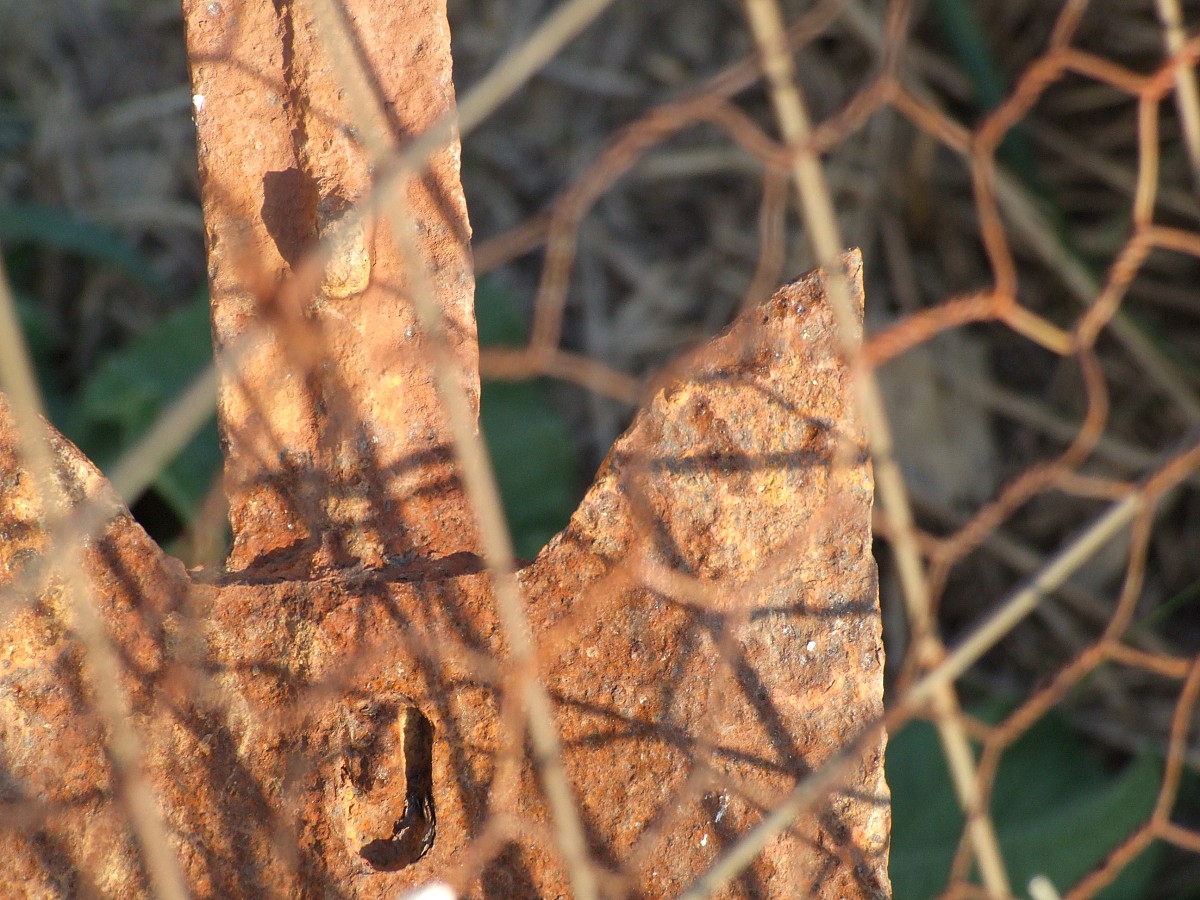Bust the Rust!
 An old, rusty object can look picturesque, but you don't actually want rust taking over the objects you use and rely on every day, including tools, locks, fixtures, and so forth. The war between oxidation and exposed metal can run hot and heavy, but you don't have to stand on the sidelines: become a member of the ground forces and stop rust in its tracks. If rust has already claimed ground, find out how to take it back: don't let a little chemical reaction be the boss of you!
An old, rusty object can look picturesque, but you don't actually want rust taking over the objects you use and rely on every day, including tools, locks, fixtures, and so forth. The war between oxidation and exposed metal can run hot and heavy, but you don't have to stand on the sidelines: become a member of the ground forces and stop rust in its tracks. If rust has already claimed ground, find out how to take it back: don't let a little chemical reaction be the boss of you!
Rust is a form of the reduction-oxidation reaction, where the oxidation state of an atom changes, in this case by trading electrons with another atom. It happens when iron, oxygen, and water get together, causing iron to lose electrons and increase in oxidation. The result is a breakdown and corrosion of the metal, eventually leading to complete disintegration, and in the process, it develops an orangish, flaky appearance which isn't too attractive.
So, how do you prevent it?
Great question. You need to stop the reaction in its tracks by knocking out a component of the iron-oxygen-water triangle, and there are a lot of different ways you can accomplish that goal. If you can, keep items that contain iron clean and dry; wipe them down between uses, for instance, and store them in a cool dry place. Without moisture, the reaction can't occur.
This isn't always feasible, which is why another option involves creating a barrier between the metal and the air. Painting is a common and familiar choice -- make sure to use paints designed for metals, and to carefully strip down previous layers of paint, clean the metal well, remove existing rust (more on that in a minute), and apply the new paint evenly. Paint needs to be regularly maintained and kept up to reduce the risk of rusting.
You can't always paint, though; what about those garden shears, or your beloved spade? For them, you're going to need to resort to cleaning and oiling. Cleaning removes debris that can contribute to corrosion, and oiling limits contact that can allow a redox reaction to occur. Do this on a regular basis to keep your metals in good shape, and again, if rust does start to develop, remove it!
I've got rust! What do I do?
It happens to the best of us, especially in hard to reach areas like the undercarriage of your car, which can have an accelerated rust problem thanks to salt on the roads (in cold places) or sea air. Acid treatments can be used to remove rust, and you don't need fancy cleaners for this: try using a lemon or lime with some salt to gently lift the rust and halt the reaction. Some people use soda! If it's a small item, stick it into a potato -- no, really. Potatoes contain oxalic acid, which will eat the rust. If you're comfortable with electricity, you can try a hand at electrolytic rust removal. If you're not, talk to a San Diego electrician.
Once you've removed the coating of rust, gently wash and dry the object in question, and set up an action plan for preventing a repeat of the problem. If it's a tool, for example, oil it to prevent further rusting, and remind other members of the household that they need to clean and oil it after use. For objects like kitchen knives, make sure people wipe them dry before storage in the future. If you've got something bigger, like a car or a boat, on your hands, well...you may need a new paint job.
Katie Marks writes for Networx.com.
Looking for a Pro? Call us (866) 441-6648

Remodeling Average Costs
Remodeling Contractors Experiences

Find A Handyman Who Responds Fast And Knows His Stuff

Hardworking Handyman Service Helped Us Settle In Our New Home



